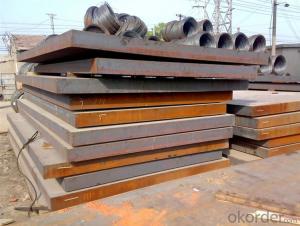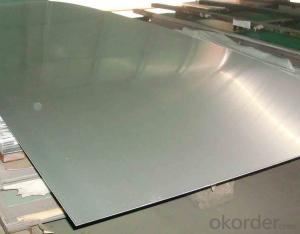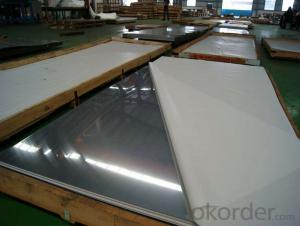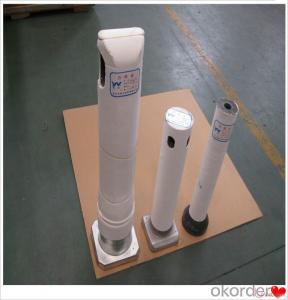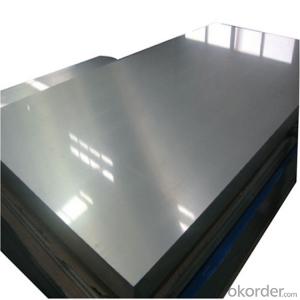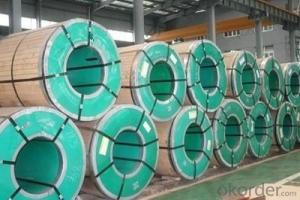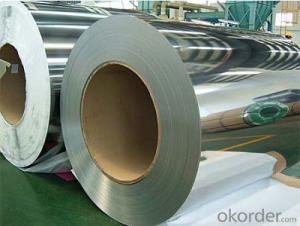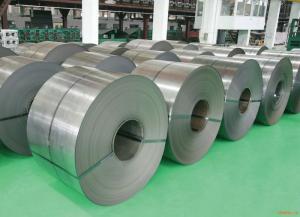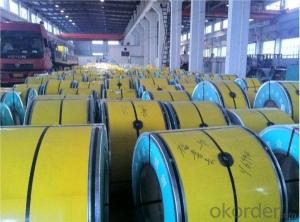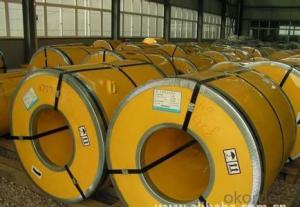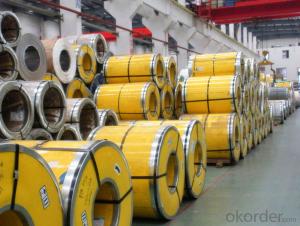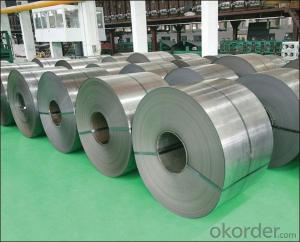Stainless Steel Divided Plate
Stainless Steel Divided Plate Related Searches
Best Paint For Stainless Steel Blanket Insulation For Steel Buildings Primer For Galvanized Steel Foam Filter For Stainless Steel H S Code For Stainless Steel Surface Grinding Wheels For Stainless Steel Surface Grinding Wheels For Hardened Steel Hole Saw For Stainless Steel Paint For Stainless Steel Stainless Steel For BbqHot Searches
Steel Mesh Panels For Sale Price For Stainless Steel Scrap Scrap Price For Stainless Steel Price For Stainless Steel Stainless Steel Tank For Sale Stainless Steel Sheets For Sale Cheap High Tea Sets For Sale Stainless Steel Tanks For Sale Stainless Steel For Sale High Density Fiberboard For Sale Solar Hot Water Collectors For Sale Scaffolding For Sale In Uae Scaffolding For Sale In Ireland Scaffolding For Sale In Houston Type Of Inverter For Solar Price Of Shipping Containers For Sale Types Of Inverter For Solar Stock Price For Aluminum Used Solar Inverter For Sale Steel Mesh Panels For SaleStainless Steel Divided Plate Supplier & Manufacturer from China
Okorder.com is a professional Stainless Steel Divided Plate supplier & manufacturer, offers integrated one-stop services including real-time quoting and online cargo tracking. We are funded by CNBM Group, a Fortune 500 enterprise and the largest Stainless Steel Divided Plate firm in China.Hot Products
FAQ
- Yes, stainless steel strips are generally resistant to hydrogen embrittlement. Stainless steel is known for its excellent corrosion resistance, and this property also extends to its resistance against hydrogen embrittlement. Hydrogen embrittlement is a phenomenon where hydrogen atoms penetrate the steel's crystal lattice, causing it to become brittle and susceptible to cracking or failure. However, stainless steel contains a high amount of chromium, which forms a passive oxide layer on its surface. This oxide layer acts as a protective barrier, preventing hydrogen atoms from diffusing into the steel and reducing the risk of embrittlement. Additionally, stainless steel strips are often made with austenitic grades, which have a high nickel content that further enhances their resistance to hydrogen embrittlement.
- Various product forms of 111 stainless steel strips are readily available to meet different applications and needs. These include coils, sheets, slit strips, precision strips, flat bars, and foils. Coils are commonly used in automotive, construction, and appliances industries. They offer convenience to manufacturers as they can be easily shaped and sized. Sheets are used in architectural applications, kitchen equipment, and for decorative purposes. They can be easily cut, bent, and formed according to specific requirements. Slit strips are narrow and long, and commonly used in applications such as gaskets, seals, and electrical components. They come in various thicknesses and widths to suit specific needs. Precision strips are manufactured with tight tolerances and high surface quality. They are used in critical applications where precise dimensions and superior surface finish are required, such as in the medical and aerospace industries. Flat bars, which provide strength and stability, are widely used in structural applications, support frames, and machine components. They offer a larger surface area for load distribution. Foil-form stainless steel strips are thin and flexible, commonly used in packaging, electronic components, and heat exchangers. They provide excellent corrosion resistance and can be easily molded into complex shapes. It is important to consider that the availability of these product forms may vary depending on the manufacturer and specific industry requirements.
- Yes, stainless steel strips can be used in chemical processing plants. Stainless steel is highly resistant to corrosion, making it suitable for handling various chemicals and corrosive substances in such environments. Its durability, strength, and hygienic properties make it an ideal choice for applications in chemical processing plants.
- Indeed, aerospace manufacturing can make use of stainless steel strips. Renowned for its robustness and resistance to corrosion, stainless steel emerges as a prime option for diverse aerospace applications. It finds frequent utilization in the assembly of aircraft structures, including fuselage frames, wing components, engine mounts, and landing gear. Moreover, stainless steel strips boast an impressive strength-to-weight ratio, rendering them fitting for endeavors that demand substantial strength and rigidity while minimizing mass. Furthermore, stainless steel demonstrates exceptional endurance in the face of extreme temperatures, all the while exhibiting remarkable resistance to fatigue. These qualities combine to establish stainless steel as a dependable material for aerospace manufacturing.
- There are several different types of stainless steel strips, each with unique properties and applications. Some commonly used types include: 1. Austenitic Stainless Steel: This type is the most commonly used and has excellent corrosion resistance. It is non-magnetic, easily formable, and ideal for applications where high strength and good weldability are required. 2. Ferritic Stainless Steel: Ferritic strips are magnetic and have good corrosion resistance. They are less formable than austenitic stainless steel but have higher strength and are commonly used in automotive exhaust systems, decorative applications, and appliances. 3. Martensitic Stainless Steel: Martensitic strips are known for their high strength and hardness. They have moderate corrosion resistance and are often used in applications that require wear resistance, such as knives, blades, and turbine parts. 4. Duplex Stainless Steel: Duplex stainless steel strips combine the properties of both austenitic and ferritic stainless steels. They have excellent corrosion resistance, high strength, and good weldability. They are commonly used in industries such as oil and gas, chemical processing, and marine applications. 5. Precipitation Hardening Stainless Steel: Precipitation hardening strips have a unique combination of high strength and corrosion resistance. They can be heat treated to achieve even higher strength levels, making them suitable for aerospace and high-performance applications. It is essential to choose the right type of stainless steel strip based on the specific requirements of the application, such as corrosion resistance, strength, formability, and magnetic properties.
- The typical dimensions of stainless steel strips can vary depending on the specific application or industry. However, in general, stainless steel strips are commonly available in thicknesses ranging from 0.01 to 3.0 millimeters (or 0.0004 to 0.118 inches) and widths ranging from 10 to 600 millimeters (or 0.39 to 23.62 inches). These dimensions are often standardized by manufacturers and suppliers to meet the needs of various industries such as automotive, construction, and manufacturing. It is important to note that specialized industries or custom orders may require stainless steel strips with different dimensions outside of these typical ranges.
- Indeed, automotive trim applications benefit greatly from the use of stainless steel strips. Renowned for its robustness, resistance to corrosion, and pleasing aesthetic, stainless steel proves to be an exceptional option for enhancing automotive trim. Withstanding the harshest weather elements, chemical exposure, and impacts, stainless steel guarantees long-lasting performance. Moreover, its sleek and refined appearance elevates the vehicle's overall aesthetic appeal. Not to mention, stainless steel strips require minimal effort to maintain and keep clean, making them a highly practical choice for automotive trim applications.
- No, stainless steel strips are not available in different colors. Stainless steel is a type of metal alloy that is known for its resistance to corrosion and its durability. It is typically found in its natural silver color, which is a result of its composition. However, stainless steel can be coated or painted in different colors if desired. This process is often done for decorative purposes, but it may affect the stainless steel's corrosion resistance and durability.

















